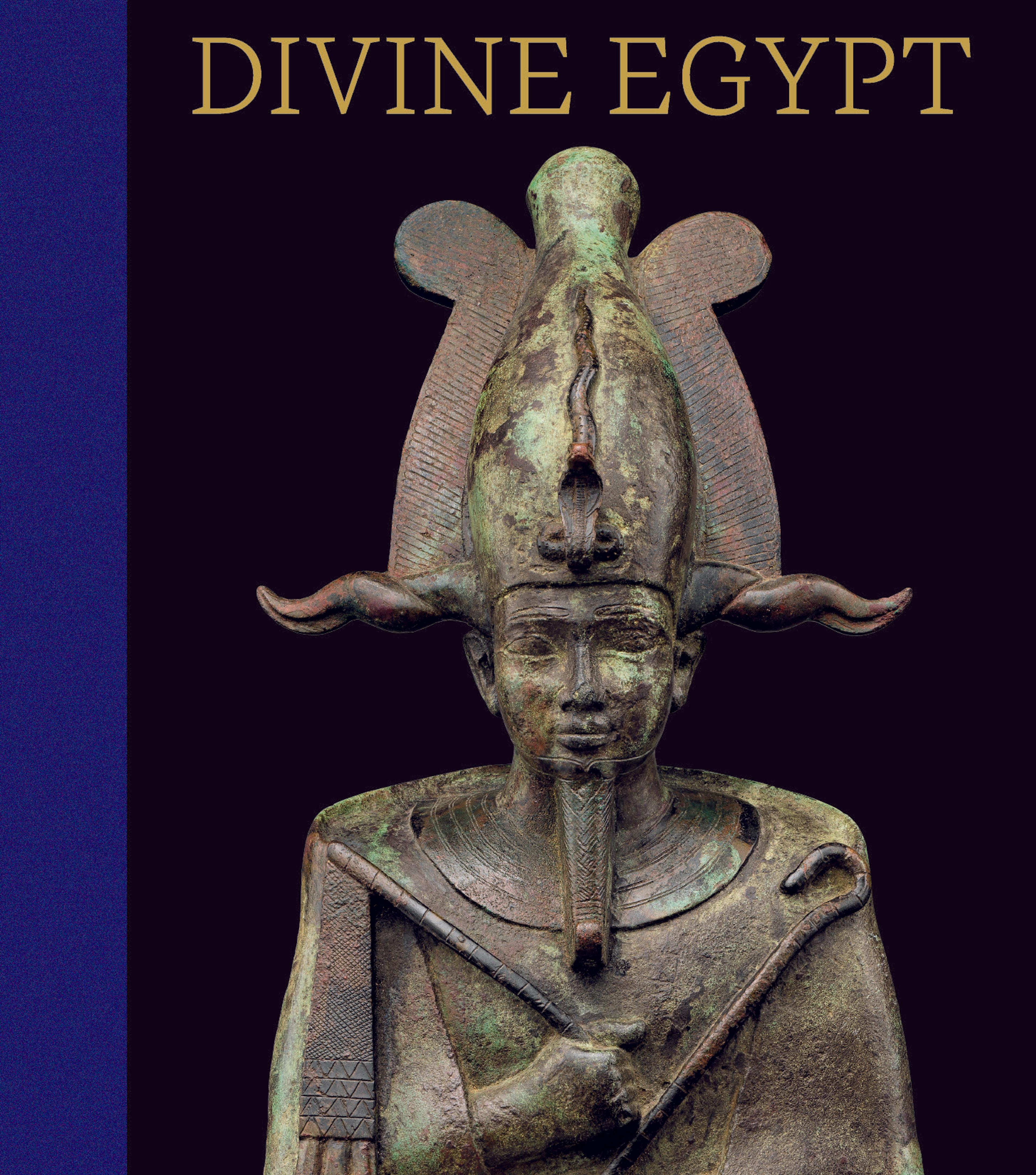Lintel depicting Horus offering an ankh sign to the Horus name of King Amenemhat I
Amenemhat I, known to have been by birth from the south of Egypt, may have served as vizier to King Mentuhotep IV and as such may have been responsible for expeditions to the quarries of Wadi Hammamat before he ascended the throne. Early in his reign, he moved the capital from Thebes to a new city, Itj-tawy, just south of Memphis. He also appears to have established a coregency with his son, Senwosret I, ten years before his demise in order to ensure the stability of his new dynasty. This block was found in the foundations of his mortuary temple at Lisht, the royal cemetery for the new capital. It was reused from an earlier building that stood either at the same site or somewhere else in the area of Itj-tawy (Lisht).
The block once formed the upper part of a huge lintel of unknown dimensions which at the time of its discovery still preserved large areas of the original paint. The scene was bordered on top by a blue painted stylized depiction of the sky with stars in white or yellow. To the right, the upper part of a was (dominion) scepter supports the sky. From the top of this scepter, a uraeus with the shen (universe) sign around its neck extends toward the head of the Horus falcon on top of the king’s Horus name (only the first two signs are preserved inside the usual rectangular representation of a palace). The falcon-headed god Horus of Behdet presents an ankh sign to the falcon on the Horus name. To the left, the rear part of a left-facing ram-headed deity, distinguishable by its horn, is preserved. Because of the horn and the text between the two gods, the latter can be identified as Khnum. The text above and behind the god reads [Khnum], he who is before the house of protection; Recitation: I establish for [you] a shelter (?)"
The block once formed the upper part of a huge lintel of unknown dimensions which at the time of its discovery still preserved large areas of the original paint. The scene was bordered on top by a blue painted stylized depiction of the sky with stars in white or yellow. To the right, the upper part of a was (dominion) scepter supports the sky. From the top of this scepter, a uraeus with the shen (universe) sign around its neck extends toward the head of the Horus falcon on top of the king’s Horus name (only the first two signs are preserved inside the usual rectangular representation of a palace). The falcon-headed god Horus of Behdet presents an ankh sign to the falcon on the Horus name. To the left, the rear part of a left-facing ram-headed deity, distinguishable by its horn, is preserved. Because of the horn and the text between the two gods, the latter can be identified as Khnum. The text above and behind the god reads [Khnum], he who is before the house of protection; Recitation: I establish for [you] a shelter (?)"
Artwork Details
- Title: Lintel depicting Horus offering an ankh sign to the Horus name of King Amenemhat I
- Period: Middle Kingdom
- Dynasty: Dynasty 12
- Reign: reign of Amenemhat I -Senwosret I
- Date: ca. 1981–1952 BCE
- Geography: From Egypt, Memphite Region, Lisht North, Pyramid Temple of Amenemhat I, re-used in foundation, MMA excavations, 1907–08
- Medium: Limestone, paint
- Dimensions: H. 61 × W. 96.5 × D. 13.3 cm, 182.3 kg (24 × 38 × 5 1/4 in., 402 lb.)
- Credit Line: Rogers Fund, 1908
- Object Number: 08.200.6
- Curatorial Department: Egyptian Art
More Artwork
Research Resources
The Met provides unparalleled resources for research and welcomes an international community of students and scholars. The Met's Open Access API is where creators and researchers can connect to the The Met collection. Open Access data and public domain images are available for unrestricted commercial and noncommercial use without permission or fee.
To request images under copyright and other restrictions, please use this Image Request form.
Feedback
We continue to research and examine historical and cultural context for objects in The Met collection. If you have comments or questions about this object record, please complete and submit this form. The Museum looks forward to receiving your comments.
